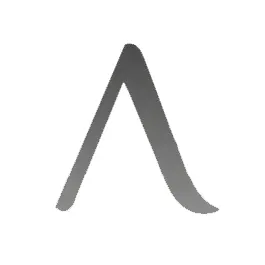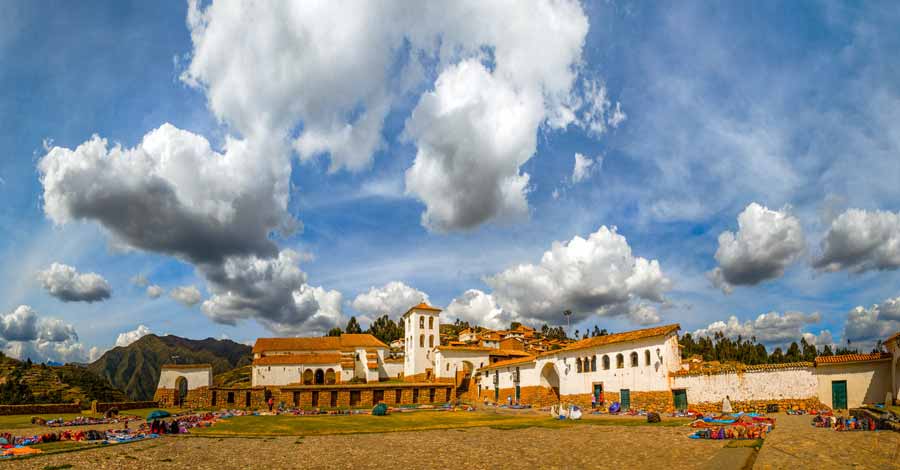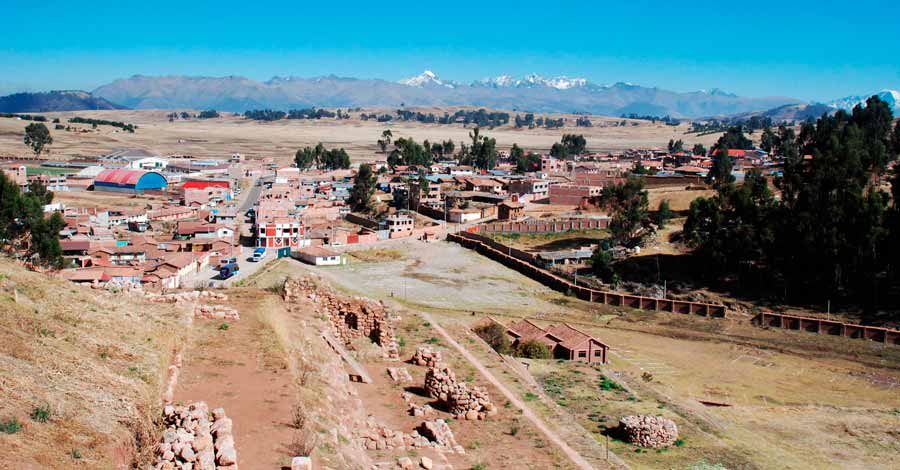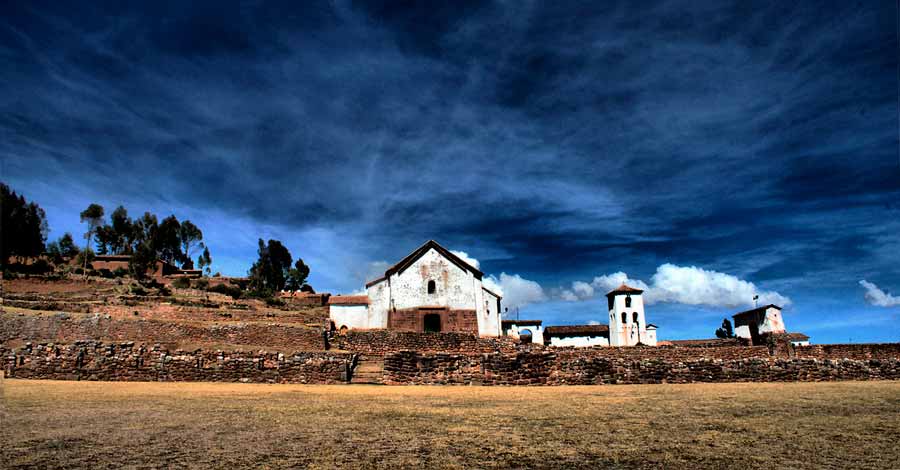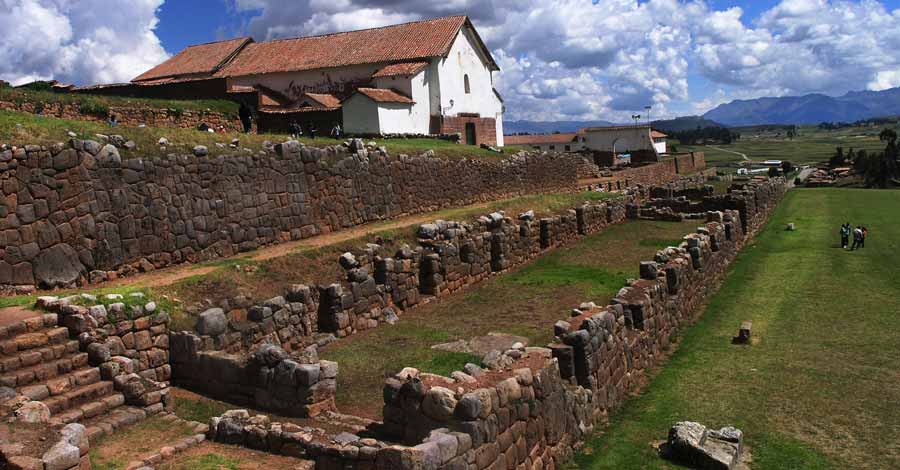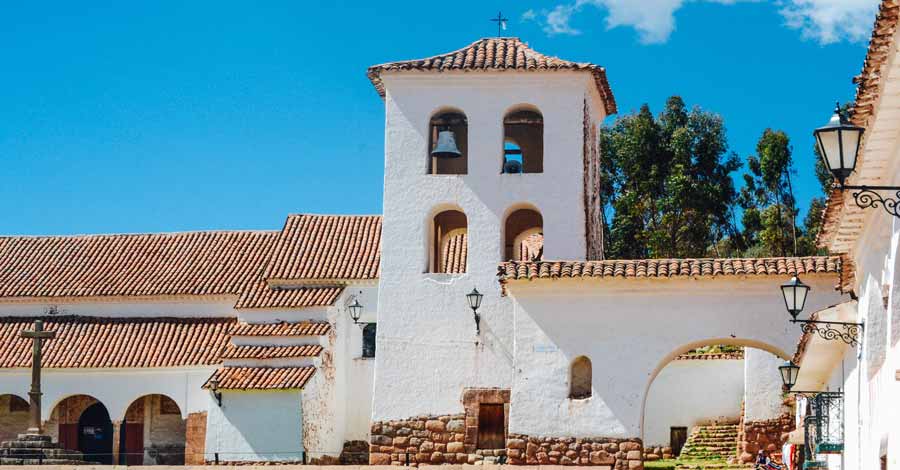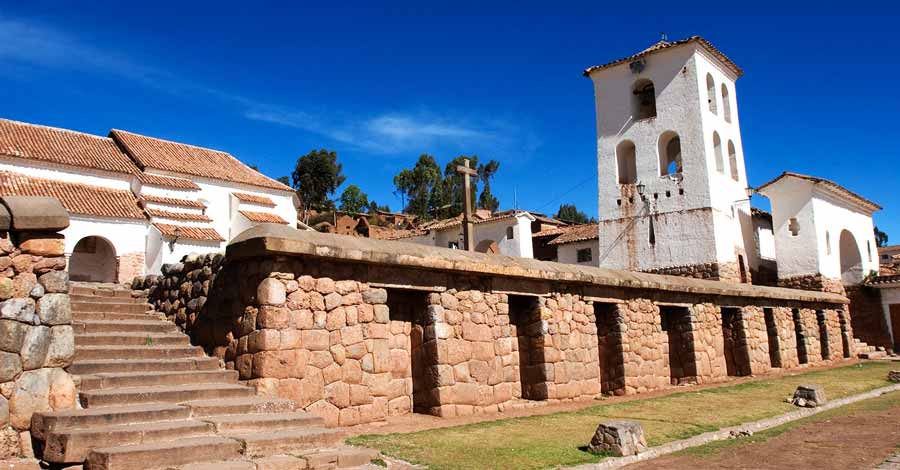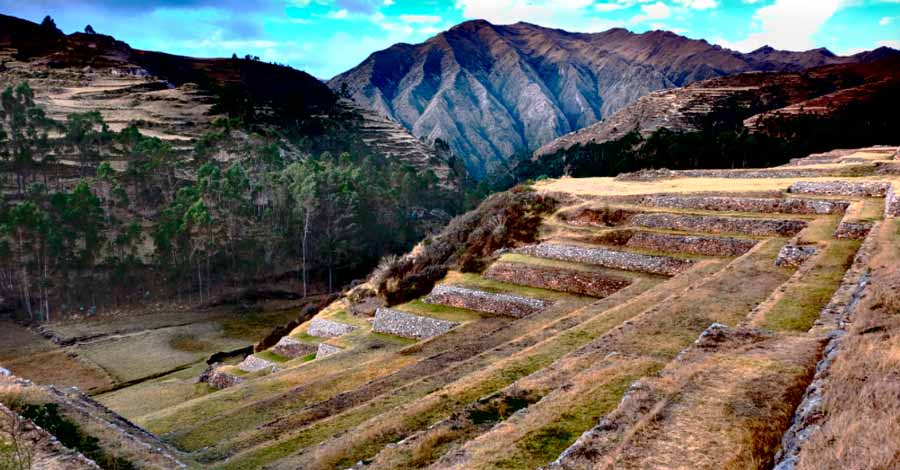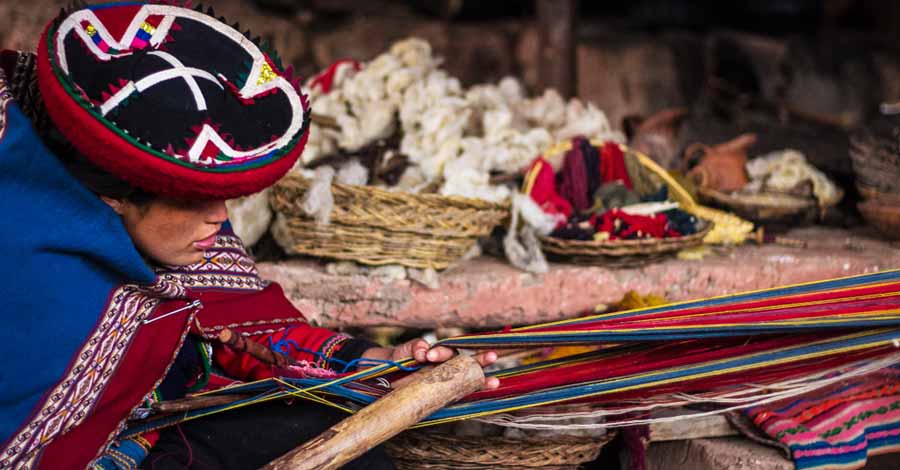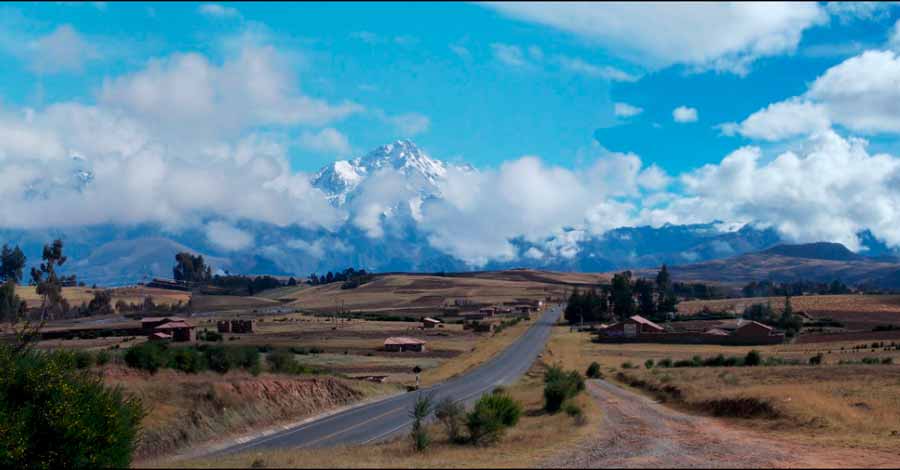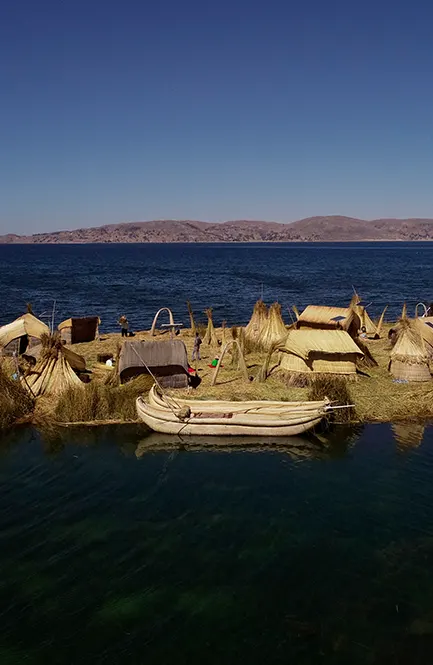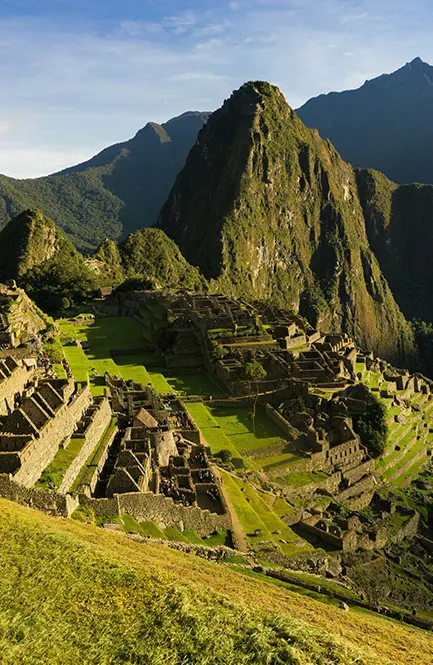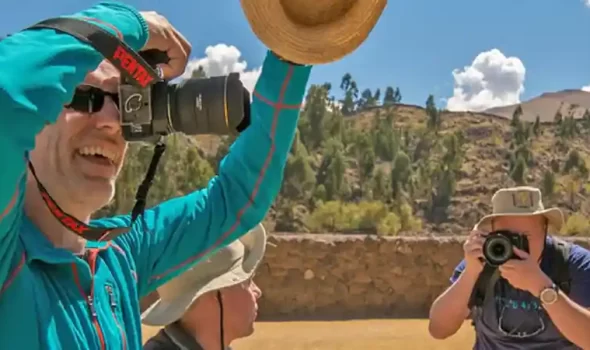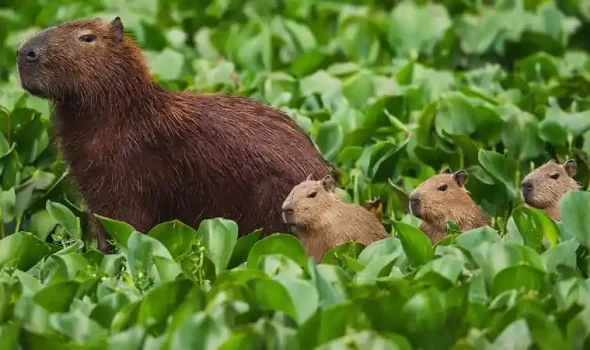Chinchero in Peru, is one of the most representative towns of the Cusco region. A place well known as the land of the Rainbow because of the frequency in which this meteorological phenomenon occurs during the rainy season. Chinchero is also well known for preserving its ancestral customs such as ancient Inca customs and for making beautiful weavings with natural dyes.
Join Auri and get to know the Rainbow town and its ancestral Andean weavings.
Chinchero location
Chinchero is located in the province of Urubamba within the Cusco region in Peru.
How far is Chinchero from Cusco?
Chinchero is located 20 kilometers to the northwest of the city of Cusco, which is about 40 minutes by car.
Chinchero altitude
The town of Chinchero is located on an altiplanic plateau on the slopes of Antaseqa hill. The height of the town in reference to the Inca archaeological complex and the temple of the place is 3780 meters above sea level.
What does Chinchero mean?
To decipher the etymology of the word Chinchero we will appeal to 3 versions. The first one says that Chinchero is also the name given to a local bird: the Martín carpenter or Jakacho. Local legend has it that the bird was sent by the supreme Andean deity, the god Wiracocha. The bird’s mission was to foreshadow the rains and harvests with its song, a tradition that still lives on in the collective of this town and would be taken as the name of the town as a sign of good omen.
According to the version of the researcher Jorge Escobar Medrano, Chinchero could derive from Chinchay. This name is used to name the Andean cat also called oscollo, an extremely important feline for the Andean culture.
A third version says that the name could come from Chinchaysuyo, one of the four regions in which the Tawantinsuyo (name given to the Inca empire) was divided. According to this version the name Chinchero would derive from this region and because this town is located in this region.
Climate in Chinchero:
The climate is similar to the city of Cusco, but generally more frigid due to its higher altitude than Cusco. As in the entire southern Andean region, there are two well-defined seasons: dry season (May to November) and rainy season (November to May). The average annual temperature varies between 8 to 20°C during the day, being much cooler at night. Both are conditioned by the aforementioned rainy season and dry season.
History of Chinchero
According to archaeological excavations, Chinchero was inhabited by the Killke, Cuper Ayllu and Yanaconas cultures before the arrival of the Incas. Parallel to the Incas, the Ayarmaca – Pinagua inhabited these lands and fought constant battles with the first Incas.
According to chronicles and historians, it was the inca Pachacutec who subdued the Chinchero area and all the nearby inhabitants. The same chronicles and historians point out that Pachacutec’s son, Tupac Yupanqui, was the sovereign who ordered to rebuild and expand the buildings in Chinchero. Later, this Inca place was taken as countryside by this same Inca. The village also served as the last resting place of Tupac Yupanqui, some versions state that he fell ill and died here. Other versions, such as that of the chronicler Cabello de Balboa, claim that he was poisoned. But all versions agree that he died in Chinchero.
During the fratricidal war between the brothers Huascar and Atahuallpa to be the new Inca sovereign, the faction of the Inca Atahuallpa would gradually defeat the faction of Huascar. The general of Atahuallpa, Chalcochimac, would order to burn the mummy or Mallqui of Tupac Yupanqui that was in Chinchero, Inca of which the defeated Huáscar descended.
After the invasion and conquest of Tahuantinsuyo, Manco Inca began his uprising against Spaniards in 1536. One of the many battles took place in the Piuray lagoon in Chinchero, after his defeat in that place he ordered his troops to burn Chinchero so that Spaniards could not get supplies. Shortly after, from Ollantaytambo, Manco Inca would leave to take refuge in Vilcabamba where he would die treacherously murdered years later.
In 1607, under Spanish rule and by orders of Viceroy Toledo, Chinchero became a reduction of Indians known as “The Doctrine of Our Lady of Chinchero”, building a church over the palace and main inca temple of the place.
In 1780, the rebellion of Tupac Amaru II broke out. The chief of Chinchero and brigadier of the Spanish army, Mateo Pumacahua, commanded Indians against the rebel army of Tupac Amaru. Battles were fought in areas near Chinchero and in the Sacred Valley. After the capture and death of Tupac Amaru and many years later Mateo Pumacahua joined the rebellion of the Angulo brothers against Spanish crown, being defeated and beheaded in Sicuani, south of Cusco.
Today the main activity of Chinchero is agriculture and tourism. It is famous for being a town that has preserved its ancestral customs in the art of weaving. Like Ollantaytambo, the town of Chinchero is built on an ancient Inca city or Inca llacta.
Chinchero Archaeological Zone
The archaeological park of Chinchero consists of 41 hectares, of which a good part is occupied by beautiful agricultural terraces or Inca terraces.
Catholic temple of the virgin of the Nativity of Chinchero:
It is probably the most important sector of Chinchero. Here stands the Catholic temple built in 1607 during colonial times on possibly an Inca temple or the palace of Tupac Yupanqui. The temple is dedicated to “Our Lady of Natividad de Monserrat”.
Inside the temple there are mural paintings alluding to the victory of Mateo Pumacahua over the forces of Tupac Amaru in 1780 and 1781.
The 12 Hornacinas or Niches:
Towards the western sector of the Chinchero temple and to one side of the Chinchero plaza is an Inca wall with 12 trapezoidal niches or niches. As in many other similar spaces, these niches must have fulfilled ceremonial and religious functions by serving as spaces to shelter mummies and Inca idols.
Agricultural terraces or Inca terraces:
Agriculture was a primary activity for Chinchero since Inca times, mainly for products such as potatoes due to the altitude of the place. The terraces are built taking full advantage of the natural incoming and outgoing of the place.
The Huacas of Teteqaqa and Pumaqaqaqa
According to the information provided by Polo de Ondegardo in colonial times and first hand through fresh testimonies of that time, the huacas or sacred spaces that in many cases were lithic sculptures in gigantic rocky promontories as in the case of Chinchero. In Chinchero, at least 6 Inca shrines have been identified in the vicinity. Pumaqaqa, presents two sculptures destroyed by the extirpators of idolotrias. They were two figures of felines. Another huaca is located in the middle of the agricultural terraces that descend from the corner of Capellanpampa, it is Teteqaqa. This huaca was carved with staggered representations in the form of a stepped pyramid.
The textile art in Chinchero / Chinchero weaving
One of the daily, cultural and ancestral activities of the people of Chinchero is weaving. Today there are many weaving workshops, these are called “awanas”. They are the old, adult and young women who are given the task of developing complex weavings that are sold to tourists. We must emphasize that the weaving of Chinchero comes from times before the Incas, but was perfected with the passage of time.
How to get to Chinchero from Cusco?
The town of Chinchero is located within the district of the same name and belongs to the province of Urubamba. It is located about 30 kilometers from the city of Cusco.
To get there on your own:
Getting to the town of Chinchero is relatively easy. You can get there by taking public transportation from the bus stop on Belenpampa Street, about 20 minutes walk from the main Cusco square. The cost of the ticket should not exceed 10 Peruvian soles (3 USD approximately).
Another option is to take public transportation from Pavitos street in Cusco, these vans go to Ollantaytambo as the final destination. You should ask if the route to get there will be the Huarocondo or Chinchero route. You should take the Chinchero route, which will leave you in the same town. The fare will cost about 10 peruvian soles (3 USD approximately).
Arrive with a travel agency:
This option is more practical and ideal for those who have exact time during their stay in Cusco and wish to complement their visit to Chinchero with other places in the Sacred Valley. Almost all agencies include transportation and guide service.
We emphasized that you must take the services of a formal agency that has the permits granted by the corresponding authorities. Chinchero is usually visited together with Maras and Moray, although there are many more options depending on the travel agency.
Tourist information of Chinchero
Visiting hours:
Tourist activities are given in the uninterrupted schedule from 6 am to 6 pm.
Entrance fees:
The Archaeological Park of Chinchero is included in the tourist circuit to the Sacred Valley along with other Inca sites. You can access the site by acquiring the “Cusco Tourist Ticket” (BTC), either the partial tourist ticket or the full tourist ticket.
Peru has many incredible places to discover. With many years of working in the travel industry, Auri Travel is happy to help with your travel plans to Machu Picchu and other places around Peru. Come and enjoy your Peruvian Adventure with us!
